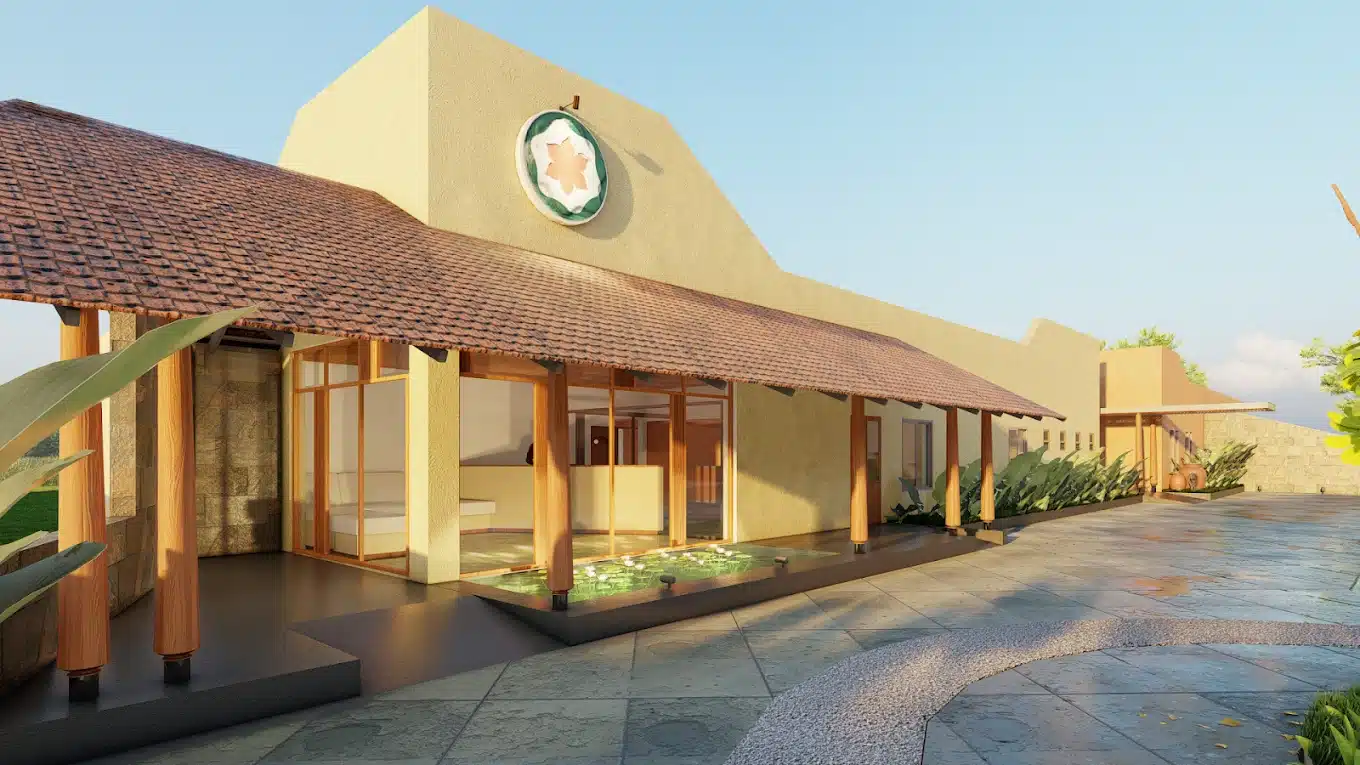At first glance, the difference between Waldorf and traditional schools might not be apparent, but the difference lies in the overall experience and in aspects big and small. At Thraya, we take inspiration from Waldorf philosophy and thoughtfully design learning to meet children at the stage that they are at developmentally.
For example, our kindergartens are not overly stimulating with colours and learning materials, which can feel forced and overwhelming. Instead, we recreate the warmth of the home environment to provide a sense of comfort and joy for the child in coming to school as well as in learning.
Everything about a Waldorf school, whether it’s the smell of pinewood, the simplicity of open-ended toys, the gentle flow of fabric, the embrace of nature, greenery, or the beauty of art, all deeply engage the child. This immersive experience answers the core question of how a Waldorf education compares to conventional schools. Let us take a look at several other differences.
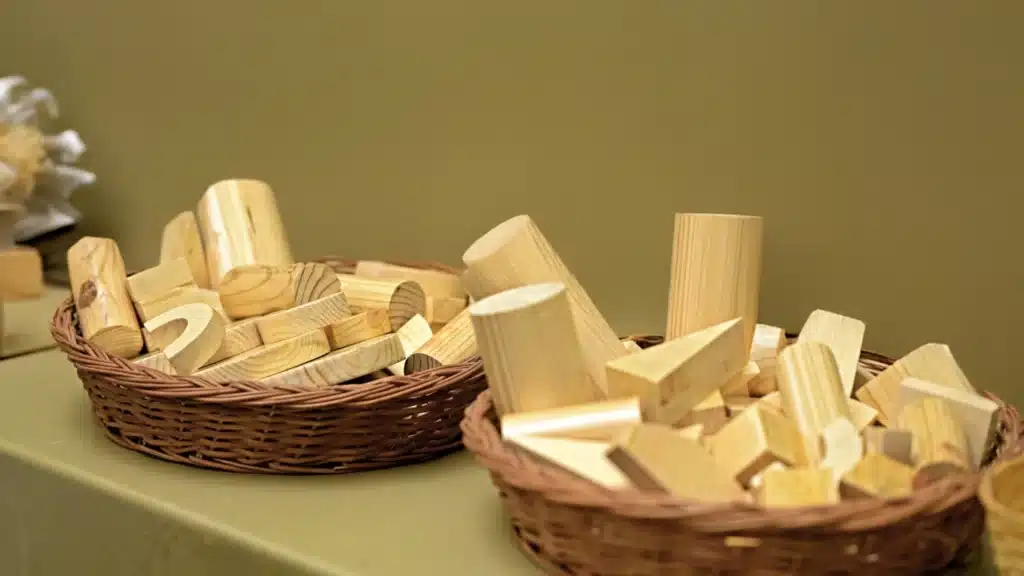
Learning that’s in rhythm with development
The difference in Waldorf teaching methods vs traditional teaching methods can primarily be seen in the concept of daily rhythm, which flows in relation to the development and learning capacities of the child. In a Waldorf school, kindergarteners move through the day in alteration of rest and focus. The grade schoolers, on the other hand, spend two hours of focused learning at the start of the day when the subjects are introduced. The rest of their day continues on that note, but with moments of play, work, movement and art.
Another pointed difference when it comes to Waldorf vs traditional schooling is that in the former, learning engages the whole child – intellectually, physically, emotionally and socially.
The integration of academic, artistic and practical skills further helps to nurture well-rounded individuals.
Story-telling and lesson books
In traditional schools, where chalkboards are often filled with dates and definitions, Waldorf classrooms fill them with beautiful images to introduce new topics and subjects in the form of stories. Beauty and artistry thus enliven lessons to ignite imagination and spark creativity in young minds.
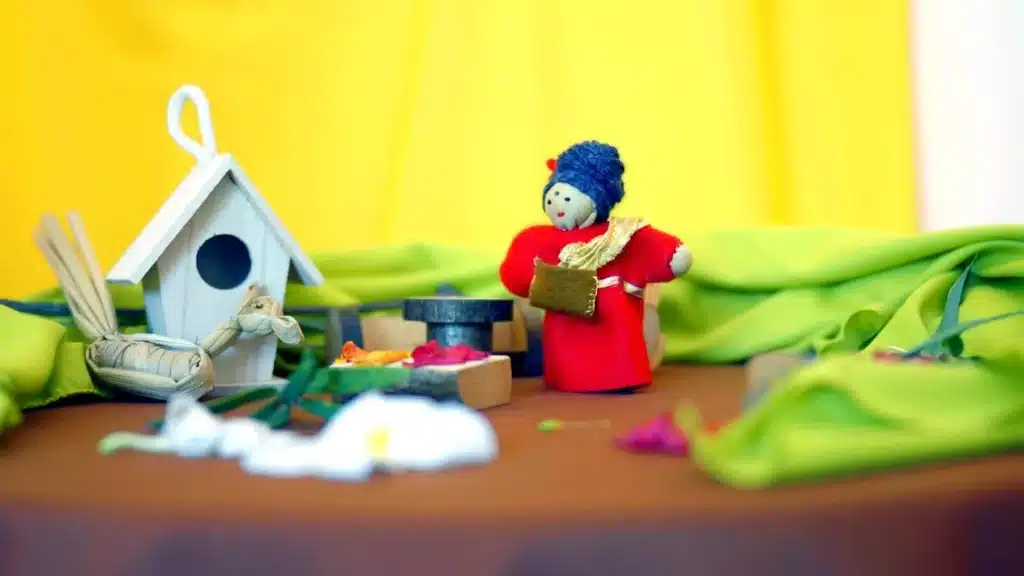
It is often asked why Waldorf schools do not use textbooks. The answer lies in the fact that in Waldorf methodology, children write their own lesson books, which are personal records of learning. They capture what they learn through artistic expression and form meaningful and memorable connection with the content. The lesson books reflect how each child has learned and understood each concept.
Weaving art, music and nature into learning
Often, there are queries about the Waldorf curriculum vs the standard curriculum. In the Waldorf curriculum, music, art and nature are integral to learning. The melody of songs can be heard throughout the day as teachers and children sing, or as instruments are played in rhythm.
Spaces are deliberately designed to prioritise nature, where children can be seen climbing trees, digging in the soil, and clearing weeds. They observe the world around them through running, jumping, touching and seeing, with wonder and curiosity. They learn through their senses and by doing, by exploring their feelings and exercising free will and expression.
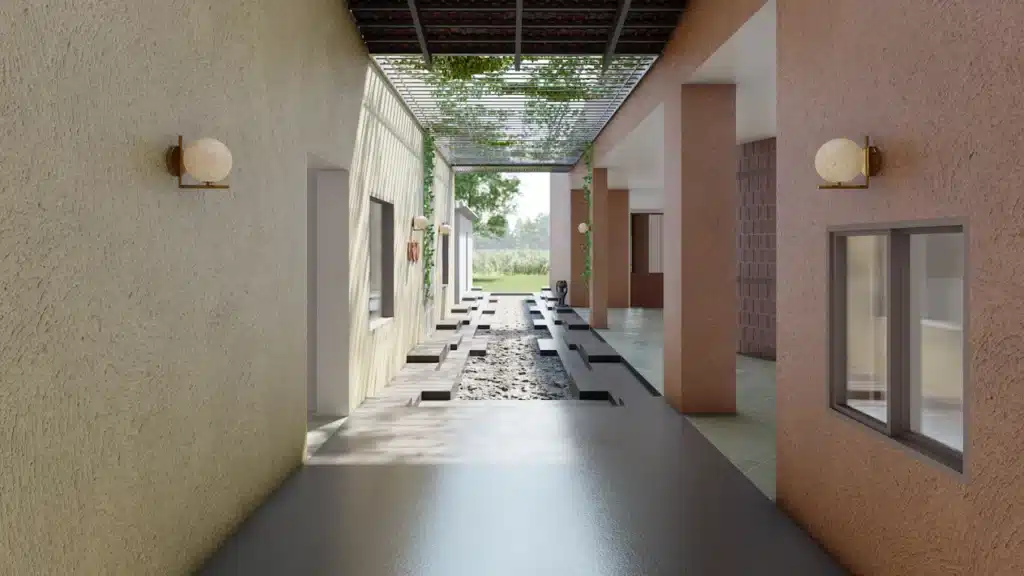
More than just academic subjects
As to what subjects are taught in Waldorf schools, the comprehensive curriculum encompasses academic subjects, arts and practical skills. Children learn by painting and drawing, creating with their hands, sculpting, clay modelling, and carpentry.
Each activity evokes strong feelings and imagination in children while staying close to real life and meaning. These creations nurture perseverance while reflecting both child development and human evolution. So, when we are asked if Waldorf schools give grades or exams, our answer is simple: learning is about the experience, not just outcomes.
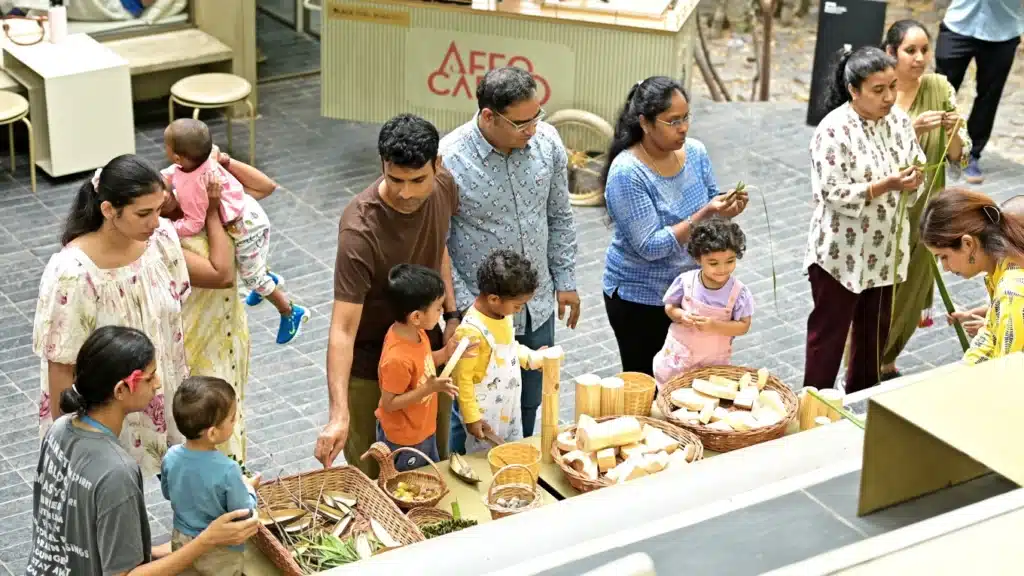
The foundation for lifelong learning and three key pillars
Initially, people sometimes ask: Are Waldorf schools academic enough?
The answer is yes. It is actually a deeply thought-through process of protecting childhood and nurturing age-specific senses and skills, while laying the foundation for lifelong learning. Alphabet and numbers are revealed in speech and sound in kindergarten, while form and concepts follow as the child is ready to receive them after the age of six.
Yet another differential aspect is that Waldorf schools have three key pillars that work in harmony — teachers, parents and community. Together, they create meaningful education for the children. Teachers work consistently and strive to understand the deep mysteries of child growth and bring the curriculum to life.
Parents are involved in community gatherings and volunteering at school through celebrations and campus work. They also become a support group for one another, sharing insights and values. Advocates, experts, professionals, and resource people from various backgrounds form our extended community and advisory group. Each one’s role is to bring real-life experiences to children and provide deep insights into child development for parents and teachers. This practice is a clear demarcation of how Waldorf education compares to conventional schools.
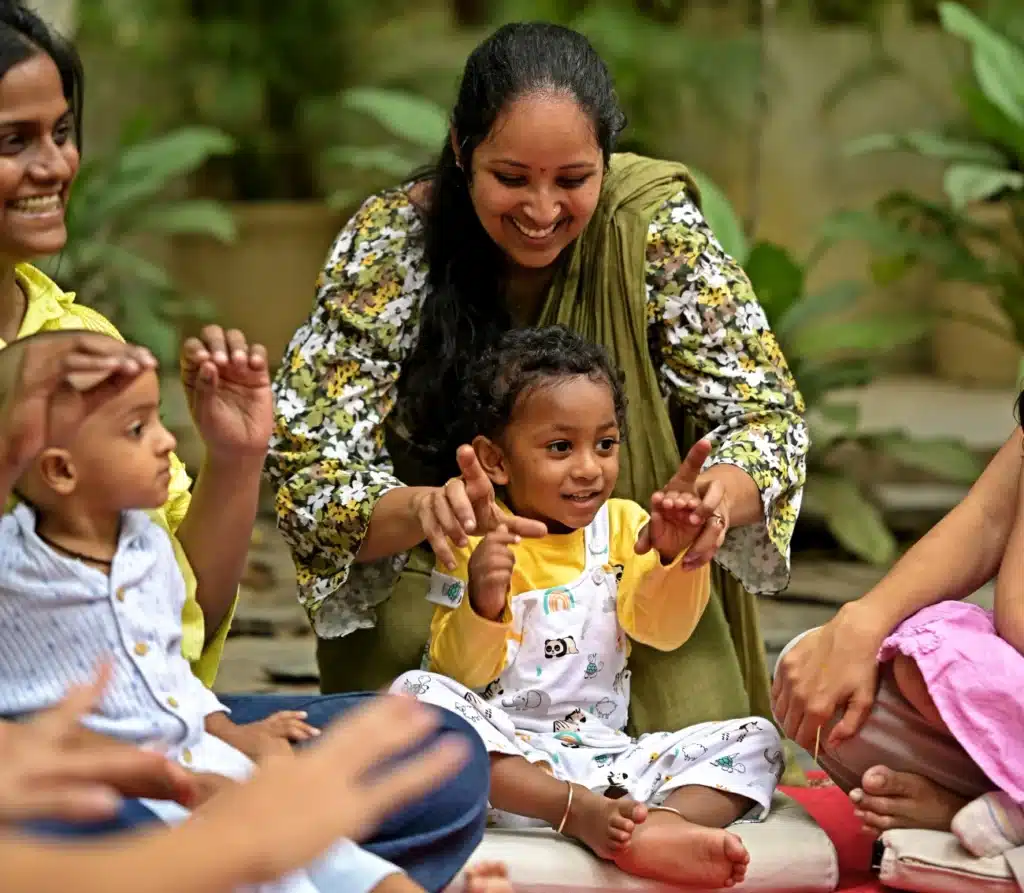
How Thraya intends to be different
Inspired by Waldorf philosophy that aims to provide education that is different, we at Thraya believe that education is rooted in nurturing, not burdening. Schools should feel safe, not fearsome. We care about holistic child development—how they walk, talk, feel, express, touch, see, hear, think, balance, and move. Our focus is also on developing and nurturing their will, feelings, and thinking. Because when they grow fully in their bodies, feel deeply through their senses, and think conscientiously, they go on to live healthy, purposeful, and content lives.


